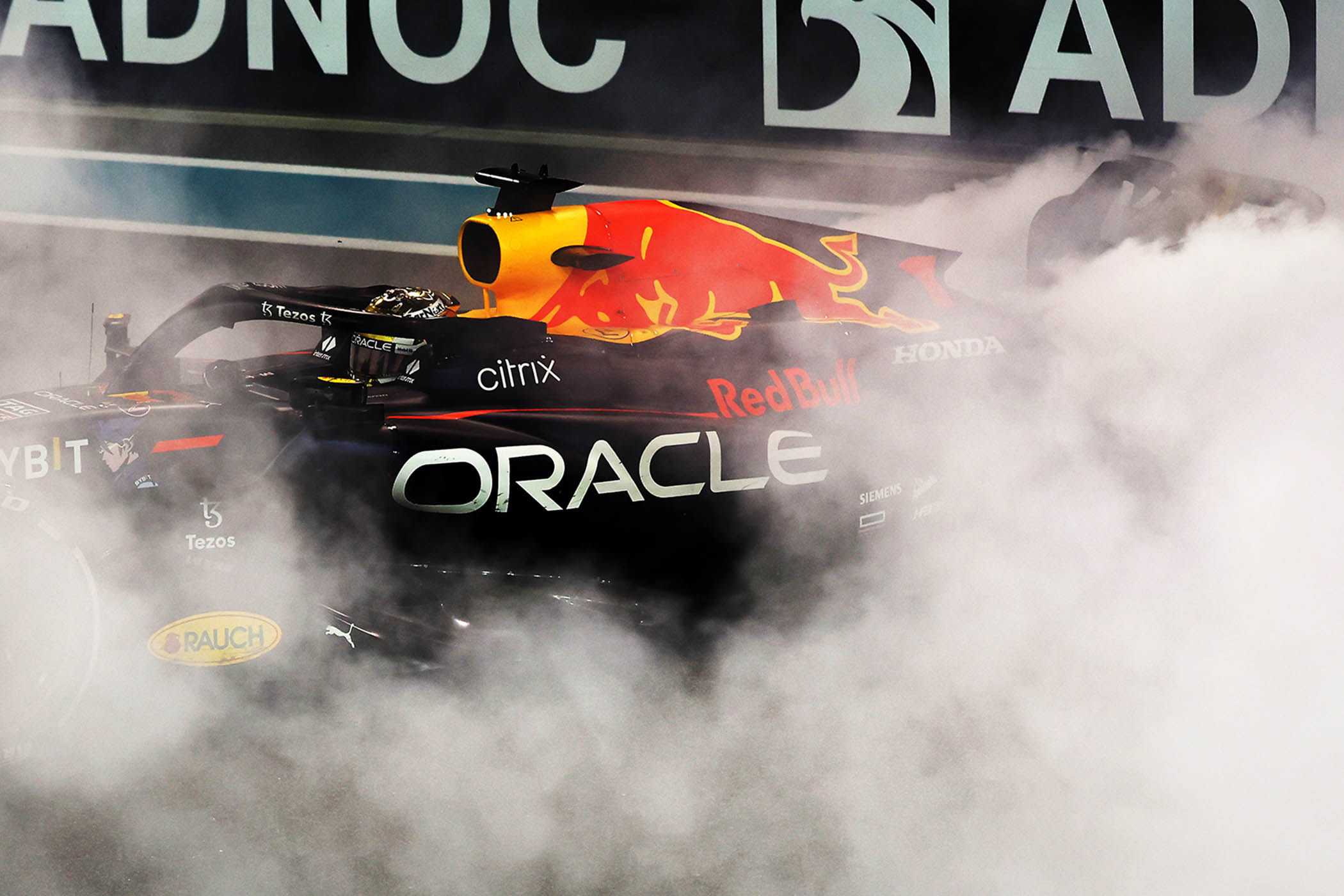“Big Tech” doesn’t cut it any more. Nvidia became the first company to reach a $5tn valuation last Wednesday, thanks to a stock surge driven by optimism about the future sales in China, after Donald Trump and Xi Jinping signed a one-year trade truce.
The chipmaker’s performance also stood out last week amid a mixed bag of earnings for other tech giants.
Just four months ago, Nvidia’s market cap was at $4tn. Now it’s worth more than the German economy and wields a similar amount of geopolitical and market power.
How did it get here? Two decades ago, Nvidia developed specialised graphics cards for video games and was worth about £6bn. By 2020, its value had climbed to $200bn, as its chips became central to a booming data centre industry. But it was the launch of ChatGPT in November 2022 that saw the company’s valuation skyrocket, as Nvidia’s graphics processing units became the default engines for training and running generative AI models.
The other factor compounding Nvidia’s rise is the popularity of passive investing, now accounting for half of US equity assets under management. As the company’s market cap grows, index funds and exchange-traded funds (ETFs) automatically buy more of it, because it now makes up a larger portion of the index. This creates a cycle. Nvidia comprises more than 8% of the S&P 500 and 5% of the MSCI All World Index.
Jason Furman, a professor of economic policy at Harvard, has estimated that spending on data centres, which are filled with Nvidia’s chips, accounted for 92% of US gross domestic product growth in the first half of the year. Without these centres, the US economy would have grown just 0.1% during that period.
On the surface, Nvidia seems invincible. The company accounts for 90% of the chipmaking market and, while competitors, including Google, Amazon and AMD, are developing specialised chips to catch up, none seems close to denting its lead. “Any company faces three risks,” says Russ Mould from AJ Bell, the investment platform. “Competition, customer dissatisfaction, and regulation”.
Nvidia passes the first two tests easily. On regulation, the picture is more complex. For months, chief executive Jensen Huang has been trying to navigate US export controls that locked Nvidia out of China’s AI chip market. At US-China trade talks last week, he said the negotiations were in the hands of Trump and Xi.
Nvidia has extended credit or taken stakes in several other AI companies, drawing comparisons with the “vendor-financing” models that played a role in the dotcom crash.
Meanwhile, many of Nvidia’s biggest customers have bet billions of dollars on the promises of AI without proof that it can generate returns. This year alone OpenAI is reportedly on track for a $5bn operational loss, while Meta expects to spend upwards of $70bn on AI, even though its main source of revenue is still in social media advertising.
Where companies do publicly share their AI revenue, it is growing. The question is whether it is growing fast enough. If returns can’t keep pace with spending growth, these companies could cease orders. In that case, Nvidia’s $5tn valuation has nowhere to go but down.
Nvidia says it does not “engage in geopolitical or diplomatic discussions between governments”, but Huang’s hand is evident in resolving the trade dispute between the US and China. It’s a reminder that even companies as large as countries still abide by the rule of law set by governments.
Photograph by Woohae Cho/Getty Images




